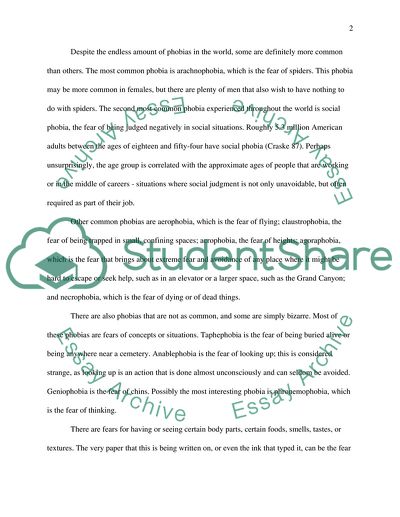Cite this document
(An Overwhelming and Unreasonable Fear of an Object: Phobias Exist in Research Paper - 1, n.d.)
An Overwhelming and Unreasonable Fear of an Object: Phobias Exist in Research Paper - 1. Retrieved from https://studentshare.org/psychology/1750089-phobias
An Overwhelming and Unreasonable Fear of an Object: Phobias Exist in Research Paper - 1. Retrieved from https://studentshare.org/psychology/1750089-phobias
(An Overwhelming and Unreasonable Fear of an Object: Phobias Exist in Research Paper - 1)
An Overwhelming and Unreasonable Fear of an Object: Phobias Exist in Research Paper - 1. https://studentshare.org/psychology/1750089-phobias.
An Overwhelming and Unreasonable Fear of an Object: Phobias Exist in Research Paper - 1. https://studentshare.org/psychology/1750089-phobias.
“An Overwhelming and Unreasonable Fear of an Object: Phobias Exist in Research Paper - 1”, n.d. https://studentshare.org/psychology/1750089-phobias.


